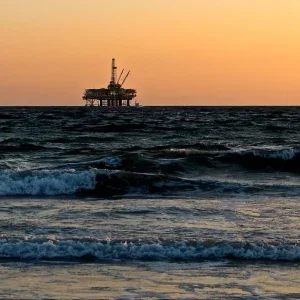
By the middle of the century, utility scale PV will contribute between 40% and 60% of total installed power, with commercial & industrial and microgrids each assuming between 10% and 30% of the total PV capacity.
New analysis from quality assurance and risk management company, DNV GL, forecasts this pattern of utility-scale dominance will characterize all world regions, with the exception of Sub-Saharan Africa, where inexpensive off-grid PV solutions will prevail over the next two decades.
Solar PV costs are set to halve by midcentury. This will enable additional investments in grid expansion and integration technologies such as storage, connectivity, and demand-response that increase the value of solar assets. China and the Indian subcontinent are largely driving this revolution with the two regions generating some 60% of global PV electricity by 2050.
Lucy Craig, Vice President Technology and Innovation at DNV GL’s Energy business commented: ”The potential of the coming PV revolution with an expected 65-fold increase in PV installations by 2050 will drastically change our understanding of electricity production. Substantial PV projects will be available as cleantech investment targets for the financial community in the decades to come.”
The rise of solar goes hand in hand with the rapid expansion of electricity. DNV GL’s Energy Transition Outlook predicts that global PV capacity will increase by a factor of 65 from 2016, to 19,000 GWh in 2050, representing almost half of all electric generation globally at that time. This is a context where electricity consumption will more than double to make up 45% of the energy mix in the same timeframe.
“Our analysis runs very much against the perception that the solar PV sector is fragmented, characterized by a solar panel or two atop a dwelling in a remote rural region. Instead, mega solar projects will produce significant economies of scale that will be large enough to offset benefits of smaller smart-grid solutions, and attract investment from large financial investors,” says Bent Erik Bakken, deputy director of the DNV GL Energy Transition Programme.
Source: Company Press Release






